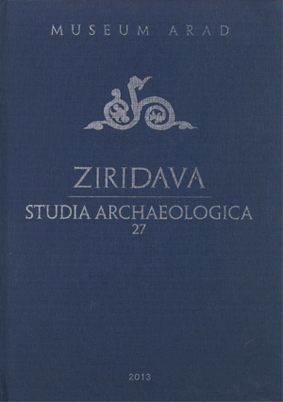From the fortress of Stephen I (997–1038) to the centre
of ‘lord Gelou’. Dăbâca (germ.: Dobeschdorf; hung.:
Doboka) in the nationalist myths in the 20th Century.
From the fortress of Stephen I (997–1038) to the centre
of ‘lord Gelou’. Dăbâca (germ.: Dobeschdorf; hung.:
Doboka) in the nationalist myths in the 20th Century.
Author(s): Erwin GállSubject(s): Archaeology
Published by: Editura Mega Print SRL
Keywords: Dăbâca; 11th century; 12th century; Transylvanian Basin; political‑military and administrative center
Summary/Abstract: Researching archaeological site of Dăbâca beginning in the early 60’s in the 20th century wereconducted with preconceptions, as the centre of ‘lord Gelou’ was thought to have been discovered before the startof the excavations, which is an impassable way from a scientific point of view. According to the archaeologicaland numismatic finds, the fortification built in/after the first third of the 11th century, but the fortress systemreached their peak in the 12th century. This is clearly shown by the coins found in the graves in Fortress Area IV,Tămaş’s garden and the cemetery of Boldâgă/Boldogasszony, as well as in diverse structures of the settlement.The 13th saw a decline of the central fortress as a political and administrative center.
Journal: Ziridava. Studia Archaeologica
- Issue Year: 27/2013
- Issue No: 1
- Page Range: 203-246
- Page Count: 43
- Language: English

